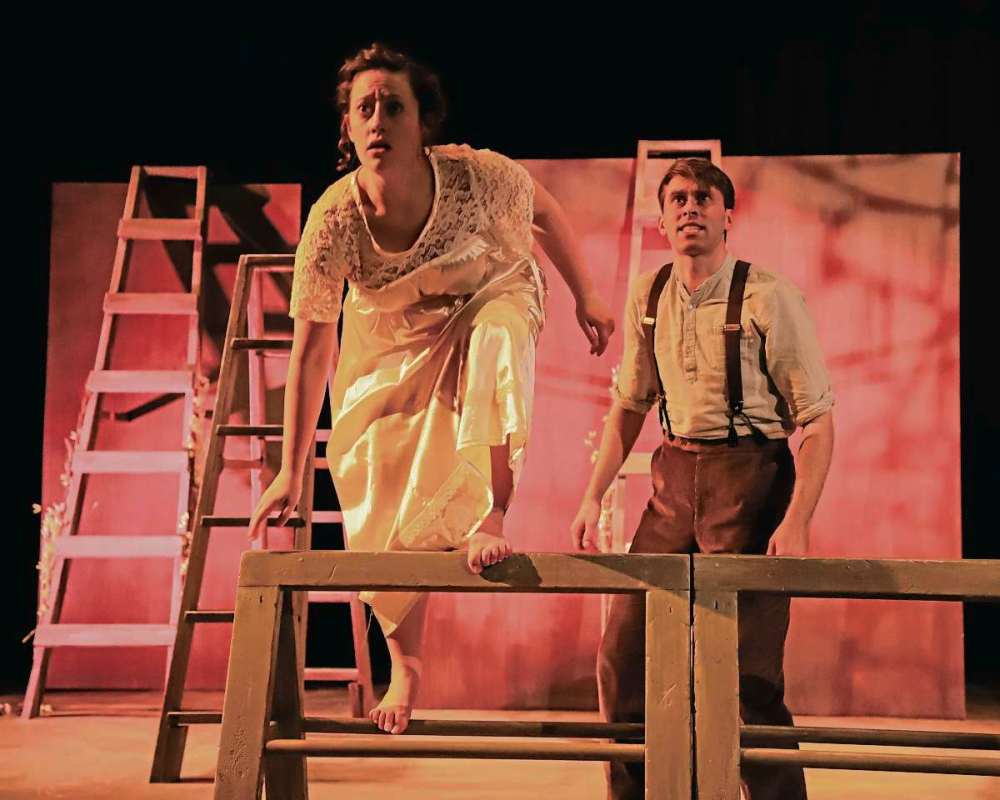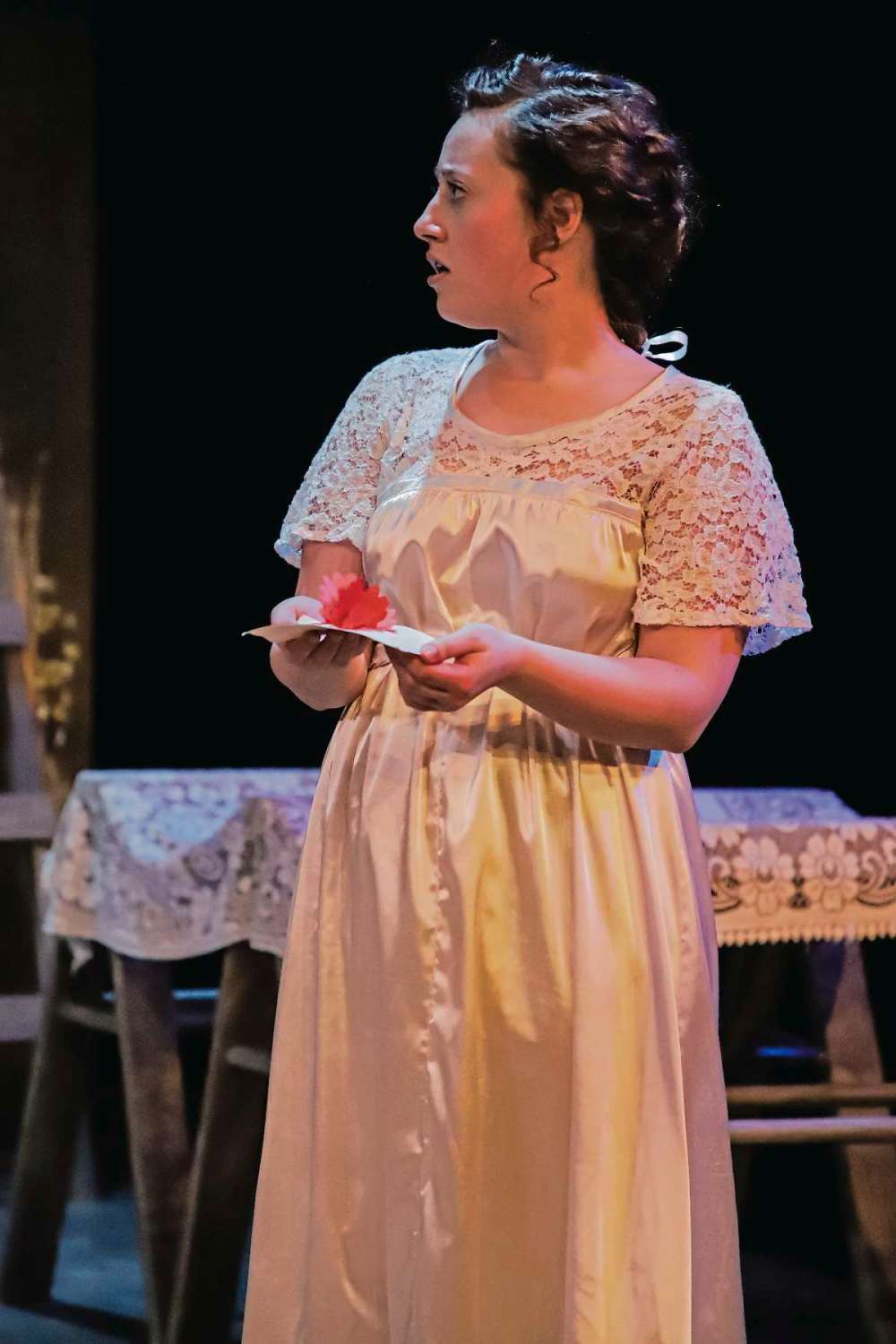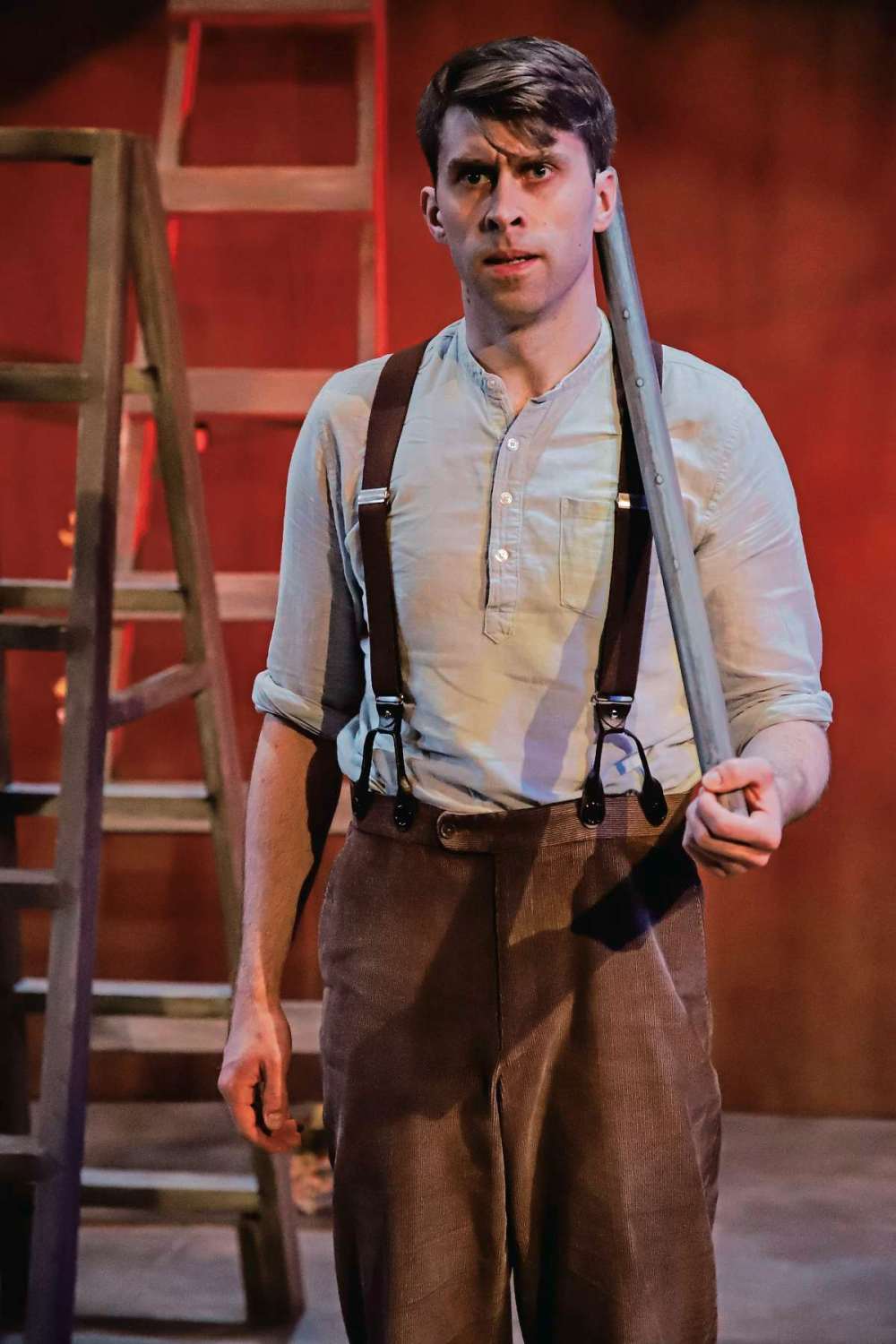Getting the look just right
Costume designs for Mary’s Wedding evoke a bygone era
Advertisement
Hey there, time traveller!
This article was published 19/11/2018 (2511 days ago), so information in it may no longer be current.
There’s much more involved in a play than just a script and a few actors.

Theatre Projects Manitoba is presenting Mary’s Wedding, a play that honours the armistice that ended the First World War, and the North End’s Joseph Abetria is playing an essential role behind the scenes.
The play, directed by Sarah Constible, is set in Western Canada during the Edwardian period in the 1910s and the First World War and tells the story of Mary and her relationship with Charlie and her wedding dreams with him. Coming from an English family of immigrants, Mary falls in love with a young farmer and their romance unfolds through dreamlike memories.
The play honours historical events such as the First World War, the armistice and the Battle of Moreuil Wood, and shows how they shaped the lives of Canadians.
The synopsis may give the audience an idea of what the play is about, but to really set the tone, you need a cast that looks the part while in costume. Abetria, a costume designer for the production, is one of the many people responsible for bringing colour into the set and defining the environment of the story.
“Part of my job was to evoke the right time period of the show, which was Edwardian getting close to the 1920s,” Abetria explained. “Charlie and Mary met in the 1910s, but the current Mary is having this dream just before their wedding date in 1920s. Part of my job was to create the looks and the dreamlike quality for the costumes.”
Abetria spent time researching archival photos of farmers in Ontario to define Charlie’s look. The starting point was the popular collar-less shirts and suspenders combination worn by rural workers at the time.

For Mary, the 28-year-old designer looked for photos of nightgowns from the 1910s and 1920s which served as the base for the gown he built for the character.
“The design tells us what the time period is. The set design is a space that doesn’t really evoke a time period, so the costumes have to tell what time period we are in. That’s the most important job of the costume design for the show,” he explained. “But also to evoke the dreamlike quality that we want to portray in the show.”
Aside from having good budget management, costume designers also need to think about what fabrics are available to build the costumes, which gets particularly tricky when the play is set is a different era. For example, for Mary’s nightgown, the challenge was to find a pattern that would give the piece the right silhouette for the period.
Likewise, Charlie’s trousers weren’t easily obtained. Abetria explained the pants from that era were typically high-waisted, and it’s tricky to find men’s trousers in that style nowadays.
Preparing the costumes involves building the clothes, buying them new, spending hours at local thrift shops to find unique pieces that can be customized and incorporated into the show, or renting from costume stores.

“It depends on the costume piece itself. It’s always a privilege to have a costume design built from scratch, but then sometimes you have to come up with solutions based on your project and resources available.”
Mary’s Wedding runs until Nov. 18 at the Rachel Browne Theatre (211 Bannatyne Ave.). Tickets range between $10 to $27 and can be purchased at https://theatreprojectsmanitoba.ca/shows/marys-wedding/




